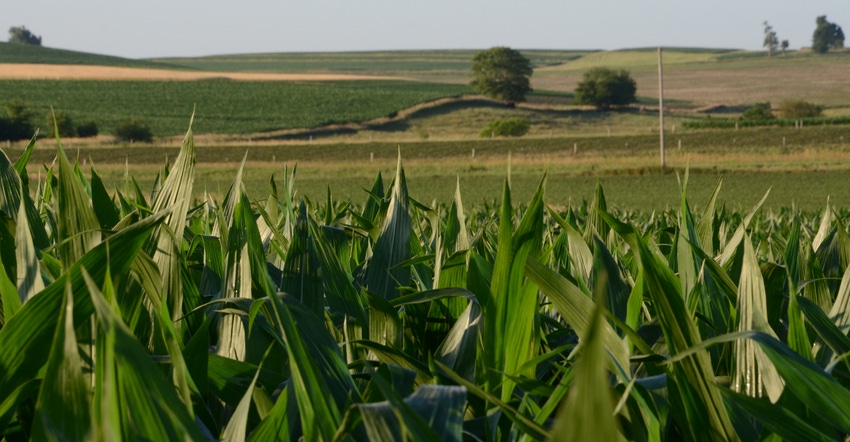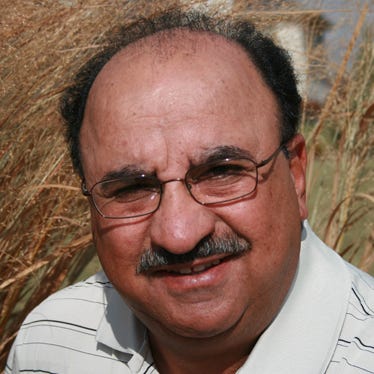
Soil carbon measurements and accurate documentation is one of the challenging tasks in establishing high-quality tradable carbon credits and meeting market requirements. Soil carbon measurement may sound easy to accomplish, but it is complex and costly. Many approaches have evolved over time that include laboratory analysis, direct field measurements and a modeling approach, or a combination of both.
Field measurements are traditionally used in a research setting and are the foundation for developing an accurate database to develop and calibrate models for predicting soil carbon change due to management practices. Using field protocol requires great attention to details of the topography of the field and soil spatial variability. Accurate soil depths and number of layers for collecting soil samples should extend to the effective root depth for a particular cropping system and/or crop rotation.
Soil sampling must be done consistently and periodically over the life of the project. Any soil sampling protocols should include a representative number of soil samples reflecting the soil variability across the field; accurate measurements of bulk density at each depth or layer; and a consistent soil carbon analysis method (using the same lab for dry combustion analysis) that counts for inorganic carbon content to be excluded from the final estimation, because the goal is to determine soil organic carbon as related to CO2 removal.
These are the basic requirements to achieve an accurate account of soil carbon stocks that can be used in determining the level of additionality achieved by implementing climate smart agriculture practices. However, achieving that level of accuracy is expensive and time-consuming using the traditional lab analysis.
For example, the cost of one soil sample analysis varies from lab to lab and may run between $20 and $30. This cost can be extrapolated to the number of soil samples per acre, of at least 25 to 30 samples, to cover field spatial variability. In addition to this cost, add the cost of sampling for bulk density, critical to determine an accurate change as soil carbon stocks.
Some use soil carbon concentration alone for determining soil carbon change, which is not accurate. When we implement conservation practices, we are not only changing the soil carbon concentration, but also changing the soil physical properties that need to be accounted for when determining soil carbon stocks.
One of these critical physical properties is bulk density. These challenges require new and careful approaches that ensure the following:
development of an approach that ensures measuring soil carbon is based on soil carbon stock rather than carbon concentration only
good coverage of soil spatial variability
reduction of cost and time, and an increase in accuracy.
Measuring soil carbon concentration
Many field technologies for in-field soil carbon content measurement with minimum soil disturbance have evolved over the last two decades. These methods can save time and cost, especially for a large-scale sampling. Some of these methods may include laser-induced breakdown spectroscopy, inelastic neutron scattering, near-infrared spectroscopy, and proximal sensing − to name a few. The basic functions of each of these in-field methods for soil C determination are based on the interaction among different light wavelengths, sensing mechanisms and soil carbon content (organic and inorganic).
The advantages of such technology are the minimum soil disturbance, cost saving, and the quick return of results over traditional lab analysis. However, the use of some of these methods still require additional measurements of:
inorganic carbon to correct for measuring organic carbon only
determination of soil bulk density to determine soil carbon stocks.
These are good options to be considered in addition to laboratory analysis, which involves intensive soil sampling, intensive labor, and expense – all of which can limit applicability for large-scale carbon monitoring.
Another way to document soil carbon change is to use a modeling approach or hybrid approach of modeling, and some field measurements for validation. That may appear to be a practical approach, but has some flaws: namely, the structure of some models. Some models were developed, or based on, measuring soil carbon in soil at the top 8 to 12 inches (20 to 30 cm). This depth is greatly insufficient to capture the real change in soil carbon within the root zone in any cropping system, where the effective root depth can extend to 3 to 5 feet (36 to 60 inches, or 90 to 150 cm). The other challenge is the lack of well-established, long-term studies providing high-quality data to calibrate these models periodically to improve their level of predictability of carbon additionality due to climate-smart agriculture practices.
Along with developing carbon market, there is a significant need to accelerate the advancement of in-field carbon measurement technologies for accurate carbon measurements and monitoring. Such technology is essential to cut costs and time, and to increase the scale of carbon removal projects nationally and globally to combat climate change.
Al-Kaisi is a professor emeritus of soil physics (soil management and environment) at the Department of Agronomy, Iowa State University, Ames.
About the Author(s)
You May Also Like






